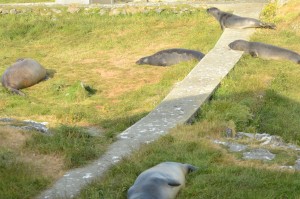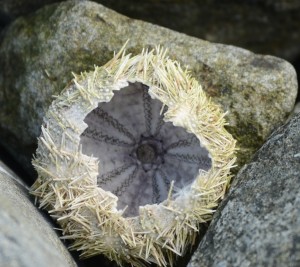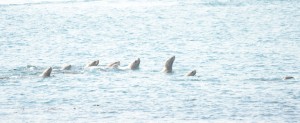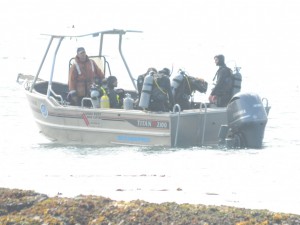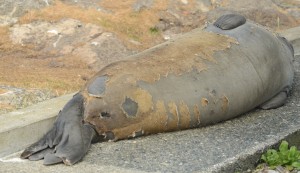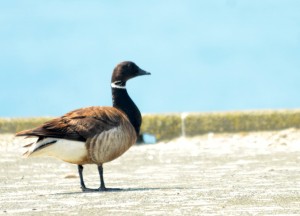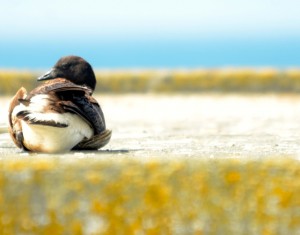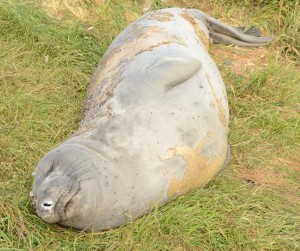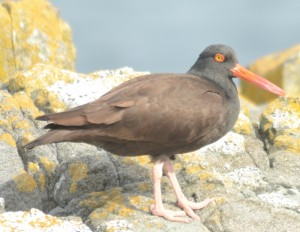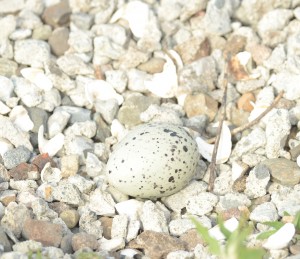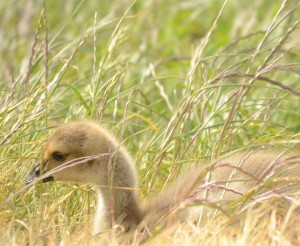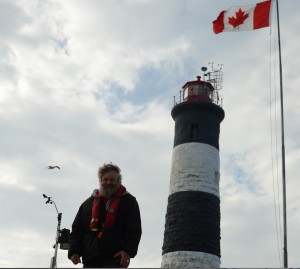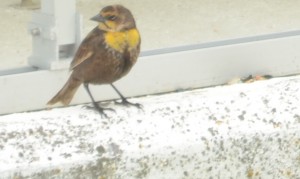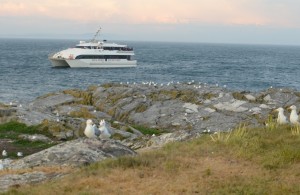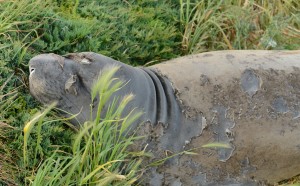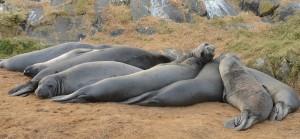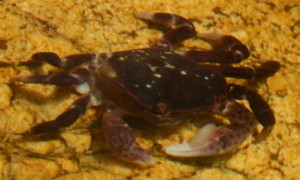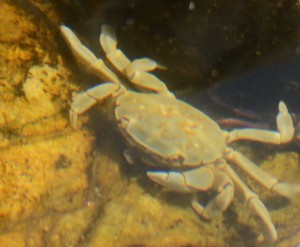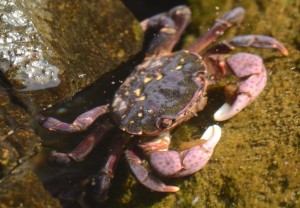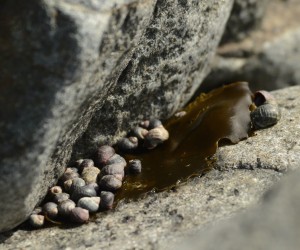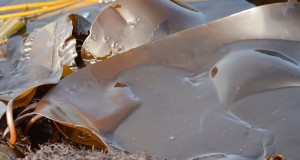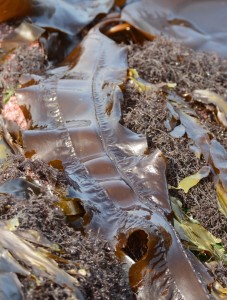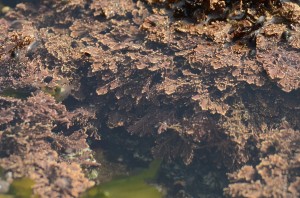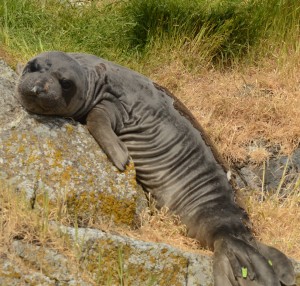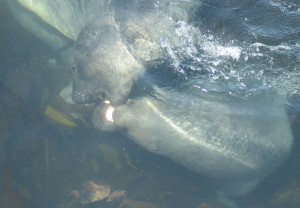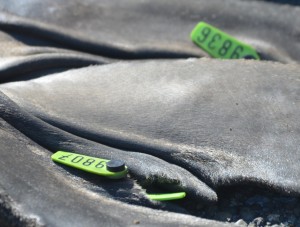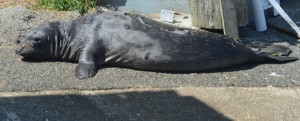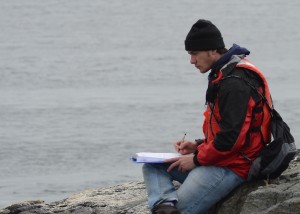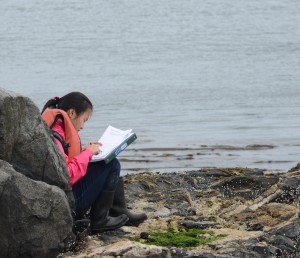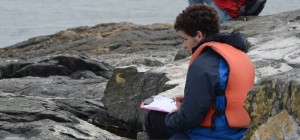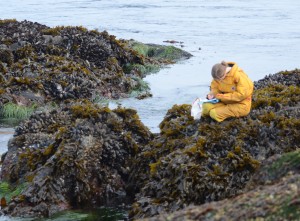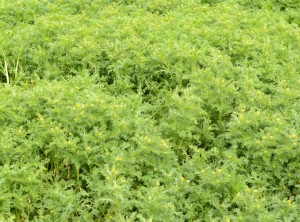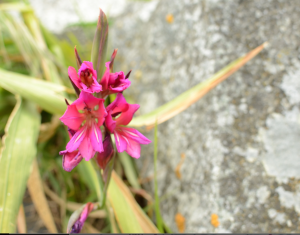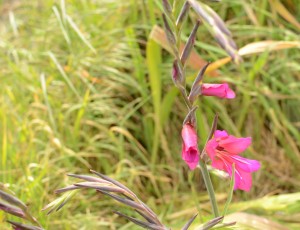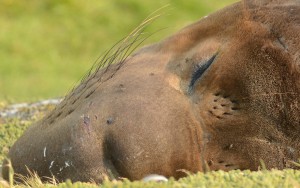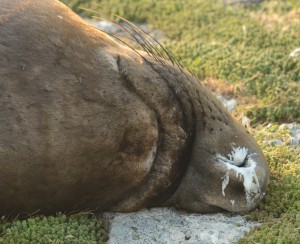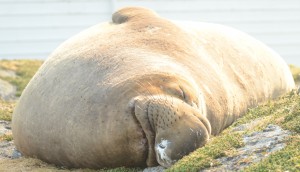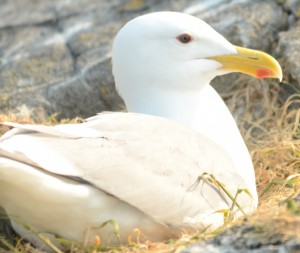Again today, west to west-southwest winds ruled the waves, as currents ebbed and flooded and the last Swiftsure Race sailboats headed for Victoria. Solar radiation levels were high although there was some cloud cover, late in the day. The barometric pressure continued the decline started yesterday and the forecast for tomorrow is similar to today, with continuing strong wind warnings.
Four whale watching boats were observed in the Ecological Reserve today and everyone was respectful and performed well.
The same ecological happenings described in the last few weeks continued today. The elephant seals moved further back into the garden making it a bit dicey to check the fresh water levels in the little shed and even climbing up towards the light tower from the de-salinator building. Floyd was stretched out right in front of the Eco-guardian’s house sleeping for most of the day. He took the path back down to the jetty ramp late afternoon for a second swim.
About ten large adult male California Sealions are ensconced on the north side of Great Race Island near the derrick. They are very rotund. The Steller’s Sealions continue to haul out on the South Islands.
When I did the seawater sample last night, I saw three very different shorebirds. One was easy to identify: it was the first Black Turnstone that I have seen since they all left a few weeks ago and it flew off to the north as I was looking at it. The other two were silhouetted by the setting sun and very difficult to see. When I returned with the camera, they had flown the coop. I scouted around to see if they had landed somewhere in the lee, for a rest, but to no avail. My guesses are Western Sandpiper and Dunlin but without a better look, they have to remain in the guess category. The Yellow-headed Blackbird has gone too, after hanging around for almost a week and allowing me to photograph it before leaving. Perhaps the new lawn crushing, wee bit smelly, neighbours were off-putting.
I also saw the River Otter (Lontra canadensis) today. Nick had seen it just before I arrived and it is likely that it has been here the whole time, just very furtive. I was up in the tower when I spotted it making a dash for its lair under the Tank Shed. There have been signs of River Otter around but this was my first sighting since last fall.
There were no visitors today and chores were routine.
